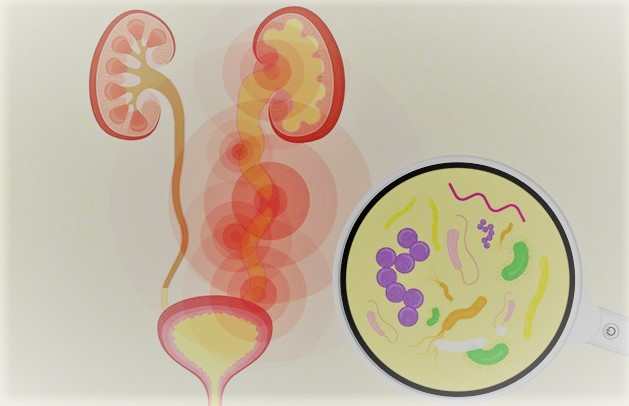It is an infection in any part of our urinary system. Our kidneys, ureters, bladder, and urethra are involved in it. Its risk is greater in women than men because women have a shorter urethra than men. It is slightly painful and annoying if it stays in our bladder but serious consequences can occur if it spreads to the kidneys. In this, we will discuss urinary tract infections and their important causes.
Symptoms
Urinary tract infections don’t always cause signs and symptoms, but they may include:
- A strong, persistent urge to urinate
- A burning sensation when urinating
- Passing frequent, small amounts of urine
- Urine that appears cloudy
- Urine that appears red, bright pink, or cola-colored and a sign of blood in the urine
- Strong-smelling urine
Causes Of Urinary Tract Infection
Urinary tract infections usually occur when bacteria enter the urinary tract through the urethra and begin to grow in the bladder. although the natural defense is here but sometimes lacks immunity it happened. When this happens, bacteria can take hold and turn into a full-blown urinary tract infection.
The most common UTIs occur mainly in women and affect the bladder and urethra.
Infection of the bladder (cystitis). This type of UTI is usually caused by Escherichia coli (E. coli), a type of bacteria commonly found in the gastrointestinal (GI) tract. However, sometimes other bacteria are responsible.
Sexual intercourse may lead to cystitis, but you don’t have to be sexually active to develop it. All women are at risk of cystitis because of their anatomy — specifically, the short distance from the urethra to the anus and the urethral opening to the bladder.
Infection of the urethra (urethritis). This type of UTI can occur when GI bacteria spread from the anus to the urethra. Also, because the female urethra is close to the vagina, sexually transmitted infections, such as herpes, gonorrhea, chlamydia, and mycoplasma, can cause urethritis.
if you want to read more about this topic; link 1
another one; link 2
